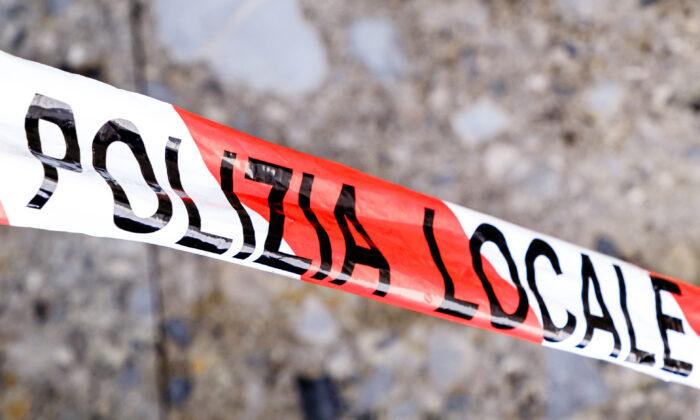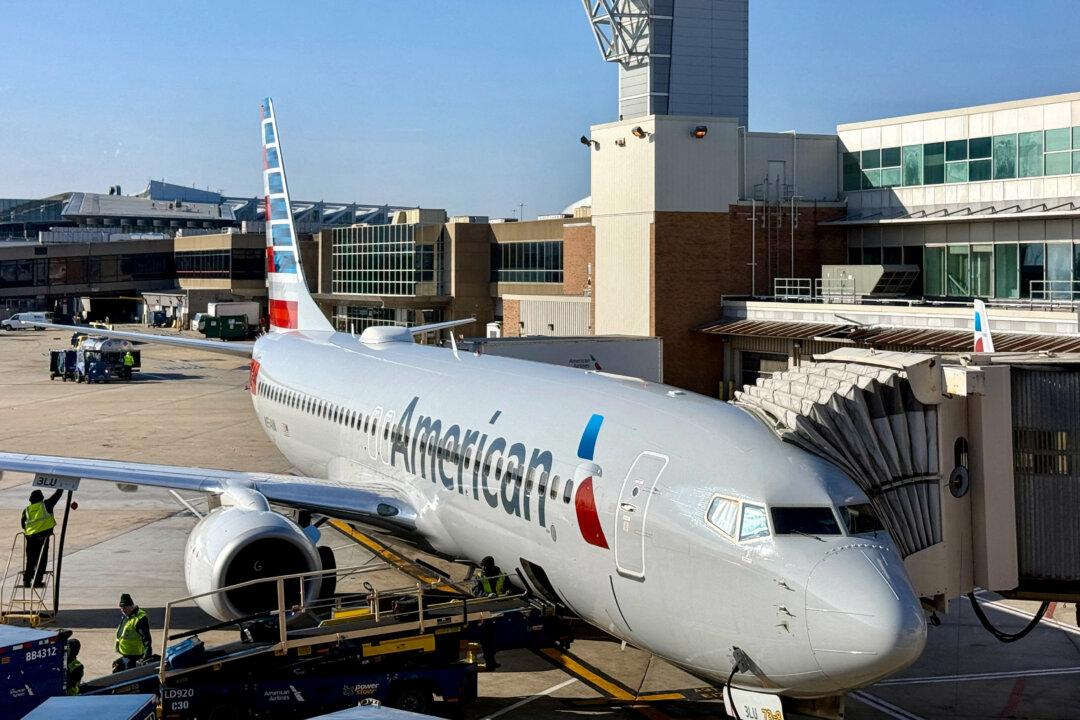Heavy rainfall and unprecedented land movement in Ranchos Palos Verdes in California have marked an end to this chapter of the iconic Wayfarers Chapel, a popular wedding venue known for its glass walls, with immediate plans to deconstruct it before its expected collapse.
The chapel was recognized as a National Historic Landmark in December but was closed indefinitely just two months later on Feb. 15, over “accelerated” land movement, chapel leaders said at the time.
Plans to deconstruct and preserve the chapel were announced during a May 13 press conference on chapel grounds including chapel leaders, city officials, architects, and parishioners.
“We’re just all devastated by our new reality. But the phrase I’ve been using is that we’re going to rise like a phoenix from the ashes. ... We are committed to rebuilding and doing whatever is required of us to recreate what we have here,” chapel Executive Director Dan Burchett told The Epoch Times at the press conference.
Supported by a redwood frame and stone base, with trees seen clearly through its glass roof, the chapel was designed by architect Lloyd Wright in 1951, son of famed architect Frank Lloyd Wright.
Resting on a peninsula and overlooking the Pacific Ocean, the site also features a campus where wayfarers, often described as travelers, can meditate, give thanks to God, and appreciate his natural world and “the inner world of the mind and spirit,” chapel leaders said in the press release.
Besides its use as a wedding venue, the chapel, affiliated with the Swedenborgian Church of North America, has also been home to a congregation with weekly meetings for decades.
Since the closure, congregants have been meeting Sundays at Saint Francis Episcopal Church in Palos Verdes, with some concerned that relocating the chapel might be impossible.

“It’s going to feel different because this was all natural, I mean, that is one of the things that drew us here. ... When you were in the chapel, you felt like you were outside,” parishioner Dann Cloud, who attended the press conference, told The Epoch Times.
He said he doubts comparable grounds can be found in Ranchos Palos Verdes and hopes the current site will be usable after the land settles.
Fellow parishioner Elan Ramasamy told The Epoch Times he began visiting the chapel over 20 years ago after his mother passed away, attending a sunrise service for grieving at the invitation of a friend.
He said without the chapel, he may have been led down a path of medication, institutionalization, or drug use.
“So this basically saved me—coming here,” he said.
Much of the Ranchos Palos Verdes Peninsula sits atop the ruins of an ancient landslide, with the landslide in the Portuguese Bend neighborhood most notably continuing to destabilize homes in the area.
Last year, two homes were red-tagged during the spring and several dirt trails and roads have all but washed away, according to city officials.

The chapel grounds have experienced ground movement of about two or more feet per month, according to chapel leaders citing data collected by city geologists.
They said the movement has damaged the chapel’s redwood frame and stone base, fractured glass panels; bent metal framing in the walls and ceilings; and made some doors inoperable. Underground lines for gas, electricity, and water were also damaged.
A team from Architectural Resources Group will immediately begin to disassemble the chapel and catalogue and document each piece to preserve it, until a new space is found or the land settles, officials said in the announcement.
According to principal architect Katie Horak, the disassembly plan is one of the most urgent projects her firm has faced. She said the land is currently moving six to nine inches weekly, according to city geologists, needing immediate action to avoid further harm.
“I’ve been here at least once a week, sometimes twice. Every time I come, I see new cracks and new broken pieces of glass,” Ms. Horak told The Epoch Times.
She said her firm works explicitly on relocating historic buildings but usually for manmade reasons, with a landslide being a first for them.
Luckily all original construction plans and images were kept, she said.
“We have all the original drawings by Lloyd Wright, from 1950 and ‘51. ... So that’s a real gift to have all that documentation,” she said.
She said her firm will disassemble and store all components, properly marked for eventual reassembly.
“I would say this is probably the most accelerated we’ve really had to mobilize, sort of working day and night. ... We just don’t know how much time the chapel has before it’s too damaged to be able to use the materials again,” she said.







